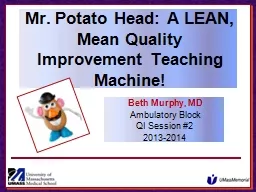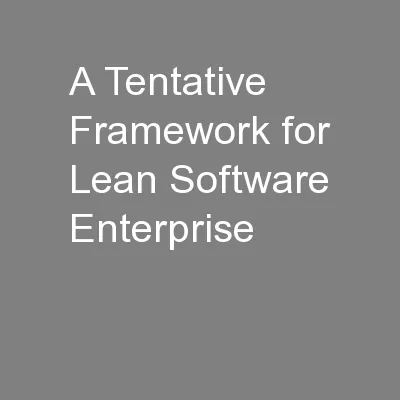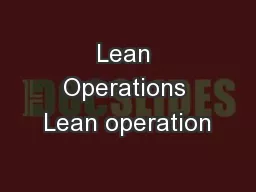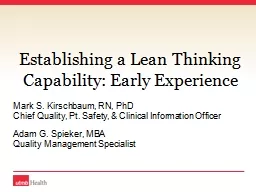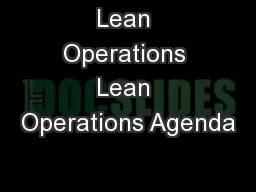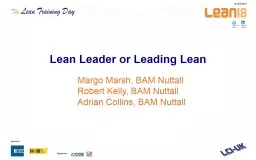PPT-Mr. Potato Head: A LEAN, Mean Quality Improvement Teaching
Author : tatyana-admore | Published Date : 2016-07-14
Beth Murphy MD Ambulatory Block QI Session 2 20132014 Mr Potato Head Facts Created by George Lerner in Brooklyn NY Jumble of accessories meant to pierce a real
Presentation Embed Code
Download Presentation
Download Presentation The PPT/PDF document "Mr. Potato Head: A LEAN, Mean Quality Im..." is the property of its rightful owner. Permission is granted to download and print the materials on this website for personal, non-commercial use only, and to display it on your personal computer provided you do not modify the materials and that you retain all copyright notices contained in the materials. By downloading content from our website, you accept the terms of this agreement.
Mr. Potato Head: A LEAN, Mean Quality Improvement Teaching: Transcript
Download Rules Of Document
"Mr. Potato Head: A LEAN, Mean Quality Improvement Teaching"The content belongs to its owner. You may download and print it for personal use, without modification, and keep all copyright notices. By downloading, you agree to these terms.
Related Documents

